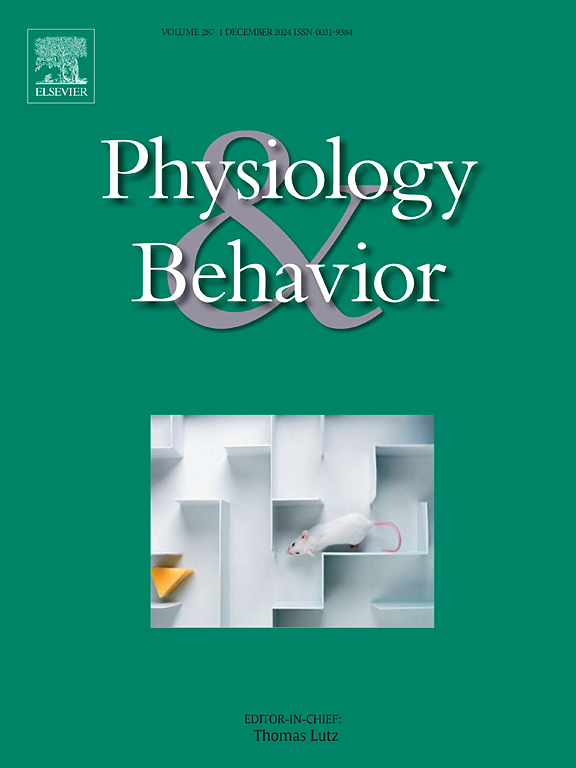The role of ultrasonic vocalizations in rat laryngological investigations
IF 2.4
3区 医学
Q2 BEHAVIORAL SCIENCES
引用次数: 0
Abstract
Rat ultrasonic vocalizations (USVs) have traditionally been used in psychosocial and psychobiological studies to understand emotion, social behavior, cognition, and associative learning. However, recent studies have expanded the goal of USVs to include the study of the laryngeal system and the effects of disease processes on vocal sensorimotor control. Without the foundational understanding of the goals of this area of laryngological research, fundamental differences in study objectives between psychobehavioral and laryngological studies can easily be missed, leading to misconceptions and misinterpretations of the role USVs play in laryngology-focused studies. Standardization of terminology and methods are also needed to improve communication, enhance study replicability, and prevent ambiguity that can lead to misinterpretations of study objectives and findings in this line of research.
The primary objective is to describe the role of USVs in studies of laryngeal anatomy and physiology, with a focus on their connections to the neuromuscular and neurological aspects of the laryngeal system, particularly in relation to vocal sensorimotor control and voice disorders. It is intended for novice investigators interested in laryngology-specific USV research. Researchers experienced in USV studies within the context of the larynx and vocal sensorimotor control first outline the development and refinement of various USV elicitation methods. They provide insights into how these approaches have been tested across different studies and laboratories. Finally, they advocate for standardizing terminology and methodologies to enhance study replicability, reduce ambiguity, and foster collaboration across research groups.
超声发声在大鼠喉部检查中的作用。
大鼠超声发声(USVs)传统上被用于社会心理和心理生物学研究,以了解情绪,社会行为,认知和联想学习。然而,最近的研究已经扩大了usv的目标,包括喉系统和疾病过程对声音感觉运动控制的影响的研究。如果没有对这一领域喉科研究目标的基本理解,就很容易忽略心理行为研究和喉科研究之间研究目标的根本差异,从而导致对usv在喉科研究中所起作用的误解和误解。术语和方法的标准化也需要改善交流,提高研究的可重复性,并防止歧义导致对研究目标和研究结果的误解。主要目的是描述usv在喉解剖学和生理学研究中的作用,重点是它们与喉系统的神经肌肉和神经方面的联系,特别是与声音感觉运动控制和声音障碍有关。它的目的是对喉特异性USV研究感兴趣的新手调查员。研究人员在喉和声音感觉运动控制的背景下进行USV研究,首先概述了各种USV引出方法的发展和改进。他们提供了关于这些方法如何在不同的研究和实验室中进行测试的见解。最后,他们提倡标准化的术语和方法,以提高研究的可重复性,减少歧义,并促进跨研究小组的合作。
本文章由计算机程序翻译,如有差异,请以英文原文为准。
求助全文
约1分钟内获得全文
求助全文
来源期刊

Physiology & Behavior
医学-行为科学
CiteScore
5.70
自引率
3.40%
发文量
274
审稿时长
47 days
期刊介绍:
Physiology & Behavior is aimed at the causal physiological mechanisms of behavior and its modulation by environmental factors. The journal invites original reports in the broad area of behavioral and cognitive neuroscience, in which at least one variable is physiological and the primary emphasis and theoretical context are behavioral. The range of subjects includes behavioral neuroendocrinology, psychoneuroimmunology, learning and memory, ingestion, social behavior, and studies related to the mechanisms of psychopathology. Contemporary reviews and theoretical articles are welcomed and the Editors invite such proposals from interested authors.
 求助内容:
求助内容: 应助结果提醒方式:
应助结果提醒方式:


